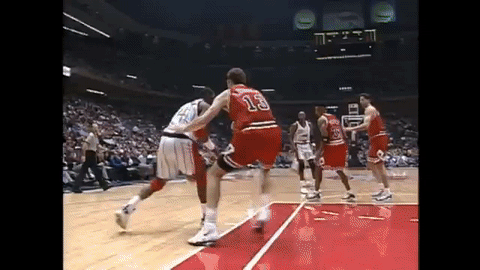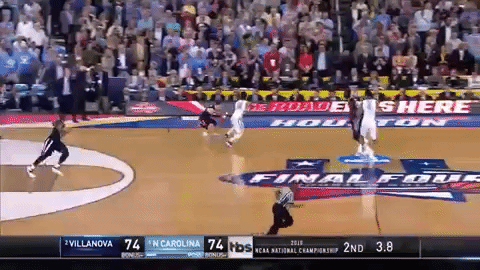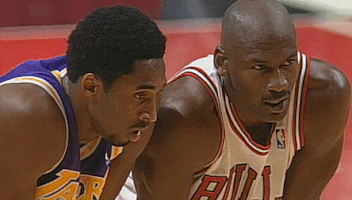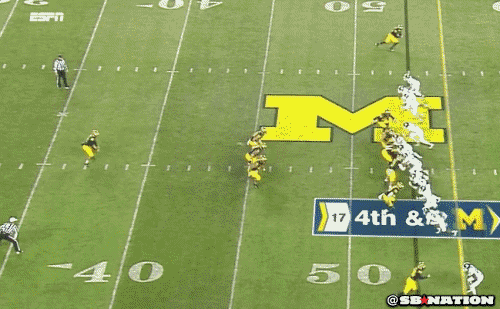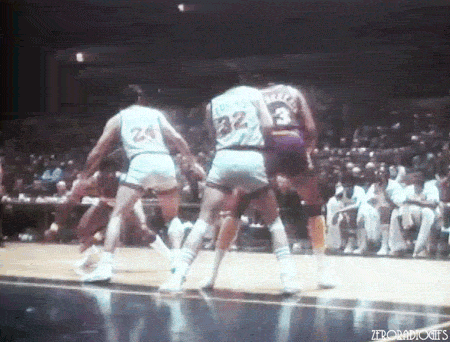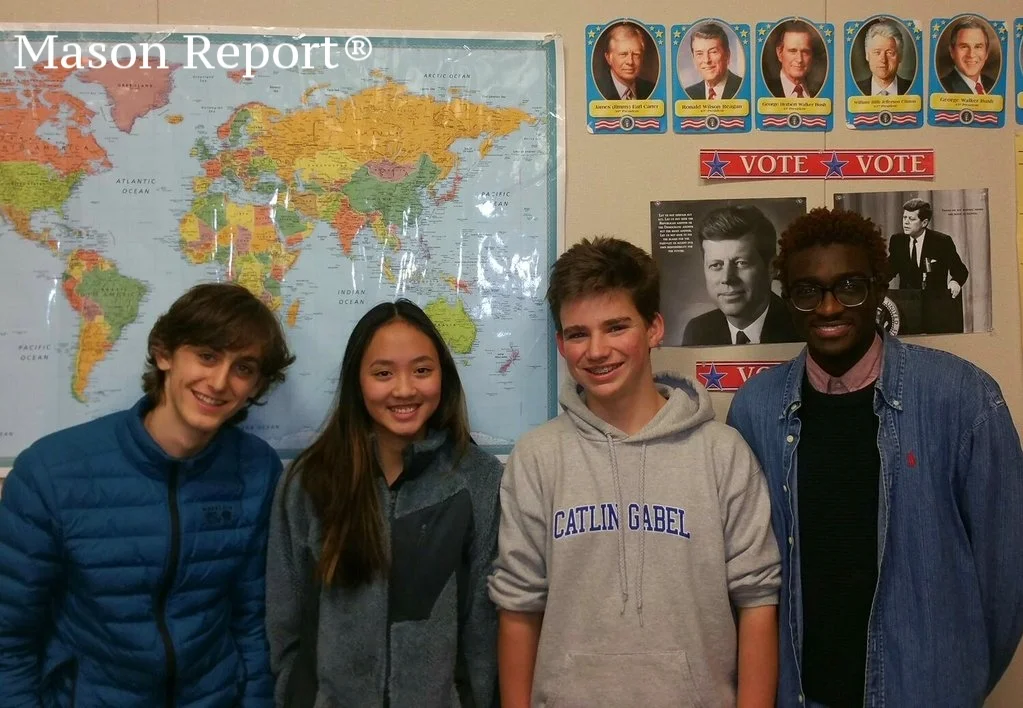No-Fly Zone No Problem, Who Needs the First Amendment?
“Hands Up Don’t shoot! Hands Up Don’t shoot! Hands Up Don’t shoot!” chants the gathering of protesters in Ferguson, Missouri. “Don’t fly, don’t hover, and don’t dream, of cameras filming our response to these peaceful gatherings.” No, these may not have been the precise words of the Ferguson police chief, but the sentiment was surely realized after the Federal Aviation Administration (“FAA”) imposed a no fly zone over Ferguson. The order reading, “Only relief aircraft operations under direction of St. Louis County Police Department are authorized in the airspace.” What about the news? The order establishing a no-fly zone restricted media access, depriving them an opportunity to broadcast active protests in the United States. Protests that were spawned from perceived police brutality and questionable use of force. Protests that should have been visible from every imaginable vantage point the media was willing to provide, especially when we consider the public outcry demanding heightened scrutiny of police interactions with the community. So…what about the news? According to local law enforcement, no news is good news.
The right of journalists and news organizations to investigate and report on their findings is granted in the Supreme Law of the Land. Free press, a concept so vital to the Framers, they enshrined it in the First Amendment of the United States Constitution. “Congress shall make no law…prohibiting the free exercise [o]f the press.” This Congressional restriction also extends to the states. Thus, any effort on the part of government to thwart or obstruct the media is a direct violation of the Constitution. The logic behind allowing free press stems from a fear of government corruption and government impropriety. Preserving free press ensures the government remains accountable to its citizens. Preserving free press pressures government officials to act in citizen’s best interest or suffer in the polls as a result of public shaming. Most importantly, preserving free press keeps the public informed.
To what do we owe this great liberty, widely taken for granted in modern times? Most certainly, the American ideal of free press can be attributed to the 18th century trial involving John Peter Zenger, a journalist from New York. Zenger was accused of libel for highlighting and printing – truthful – articles discussing government corruption. Though unlawful at the time to print anti-government material, the jury acquitted Zenger, laying the foundation for free press to exist and thrive in America. This liberty, an unquestionable necessity for a free society to survive, has been stripped from news organizations attempting to cover the protests in and around Ferguson, Missouri.
This unlawful standard adopted by the FAA in Ferguson, at the request of local law enforcement, could become the norm anywhere in the country. That is the issue. This particular violation of Constitutional freedoms sets a dangerous precedent for police misconduct nationwide to continue unnoticed. Large burgeoning cities like Chicago, Indianapolis, and Milwaukee are not the only locations in the Seventh Circuit that are vulnerable to large-scale demonstrations leading to rash police decision-making. The small towns of Schaumberg, Illinois, Valparaiso, Indiana, or even Elkhorn, Wisconsin could become home to mass protests. What aspects of the botched police response in Ferguson leaves those citizens comfortable knowing they are free to exercise constitutionally protected liberties? Nothing. Thuggish police behavior in Ferguson went unchecked and unaccounted for due primarily to the media’s lack of access. Claiming the decision to implement the no fly zone for safety precautions was a farce. The only threat on the streets of Ferguson were the individuals dressed in combat attire, with soldier mentalities. Their methods and force could only be viewed from street level at designated posts allocated for the media. The Ferguson response to this social outcry was an embarrassment to law enforcement, and the proactive obstruction of the media was an embarrassment to the values and principles we hold dear as a society.
The Constitution was crafted in such a way, so as to limit government control over basic civil liberties. The citizens of Ferguson were enacting their right to peaceably assemble and protest their government for redress. Safe protests in Ferguson, have been demonized by local law enforcement as a mass of rebel rousing rioters.
Local law enforcement’s violent account of the protestors is generally overblown or farfetched, with few media outlets questioning the validity of this demonization (due to their non existent access). Herein lies the problem. The Ferguson PD is notorious for abuse of power and excessive force. This has only recently received national recognition because the citizens of Ferguson have lined the streets in a public demonstration of intolerance of police brutality. The palpable levels of cynicism shadowing the Ferguson PD, should suffice or more aptly, demand increased observation of Ferguson police and their interactions, rather than accommodate Ferguson PD’s interest in keeping tactics secret.
In recent times, the only comparable implementation of a no-fly zone in the Seventh Circuit occurred in Chicago during the 2012 NATO Summit. Under that restriction, the reasoning was clear. With a collective gathering of several heads of state and foreign dignitaries, there existed an inherent need to protect and guard against opportunistic attackers. Contrary to the NATO Summit, the situation in Ferguson, involved protesters marching along well-organized and predictable routes. There was no threat of terror. There were no foreign diplomats present. There were only free citizens and their voices. The only real danger resulted from police attempts to silence those voices. For these reasons, media coverage was necessary, and should not have been restricted to police designated ground posts.
The most efficient and appropriate means for journalists to discover the truth surrounding marching routes and aggression in general is to observe from above. Denying access to this crucial vantage point is to taint the coverage. The public is entitled to be made aware of events in their community, period. The FAA implementing a no fly zone at the behest of the St. Louis PD demonstrates an extra judicial abuse of power and denies the media its vested Constitutional right to investigate and report. If these provisions overcome a constitutional challenge, at the very least they ought to classify them a violation of the Freedom of Information Act.
With the imposed no fly zone over Ferguson, the record of free press in America is tarnished and the memory of John Peter Zenger, forgotten.


